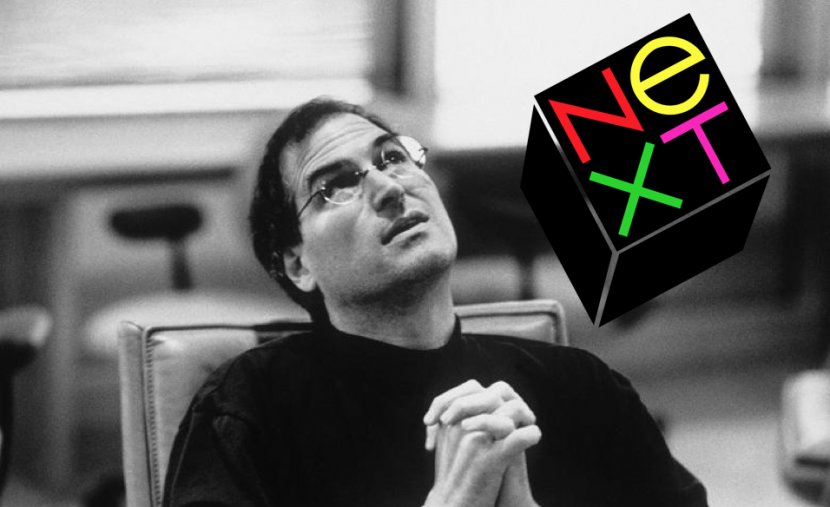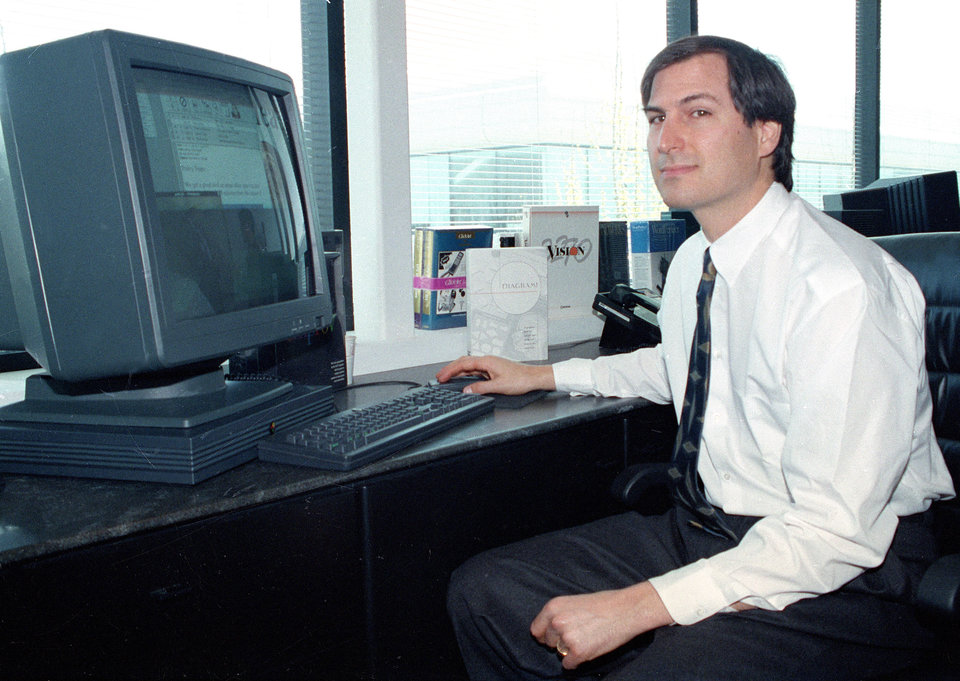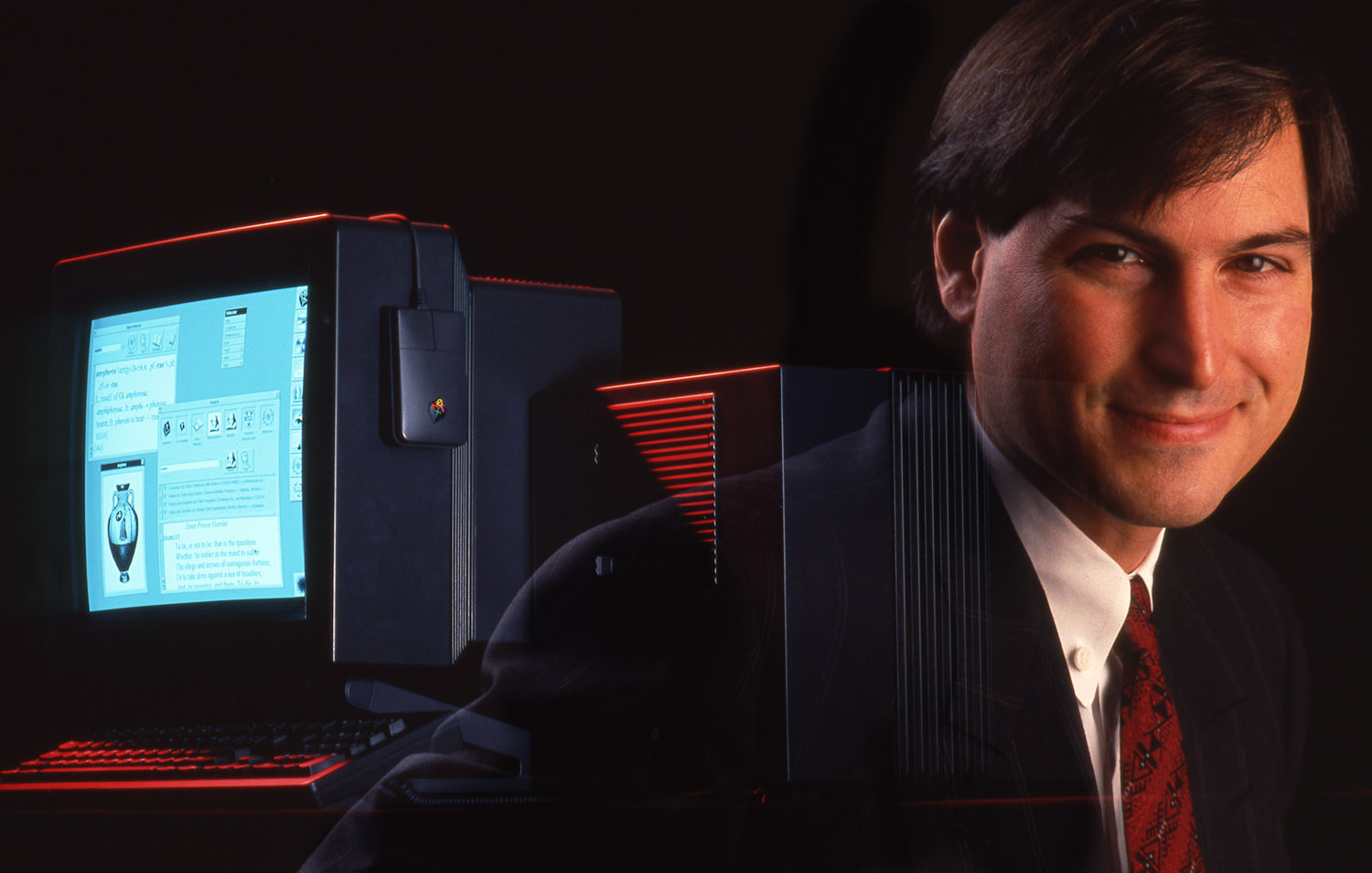The arrival of the Mac OS X operating system meant a real revolution in the world of computers from Apple. Along with its arrival, users saw not only a fundamental change in the user interface, but also a lot of other useful novelties. How did it all start?
It could be interest you
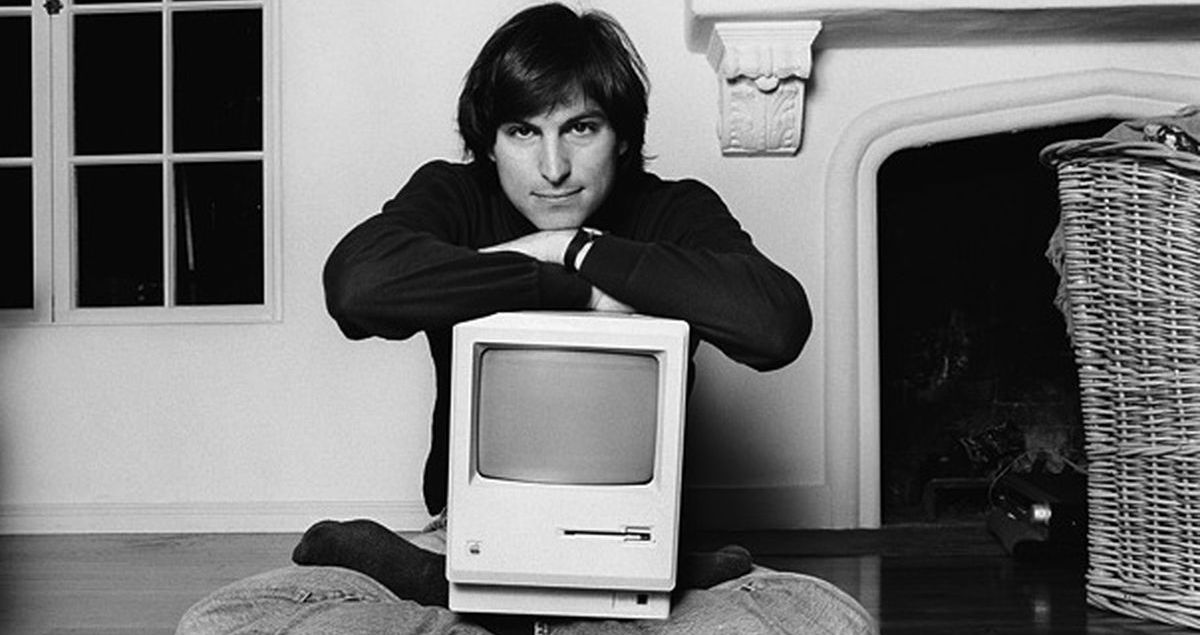
The origins of the OS X operating system date back to when Steve Jobs worked at his own company, NeXT, after leaving Apple. As time went by, Apple began to do worse and worse, and in 1996 the company was dangerously teetering on the verge of bankruptcy. At the time, Apple desperately needed a number of things, including a platform with which it could safely compete with Microsoft's then reigning Windows 95 operating system. Among other things, it also turned out that licensing the then operating system Mac OS to third-party manufacturers is not nearly as profitable for Apple as its management originally hoped.
It could be interest you
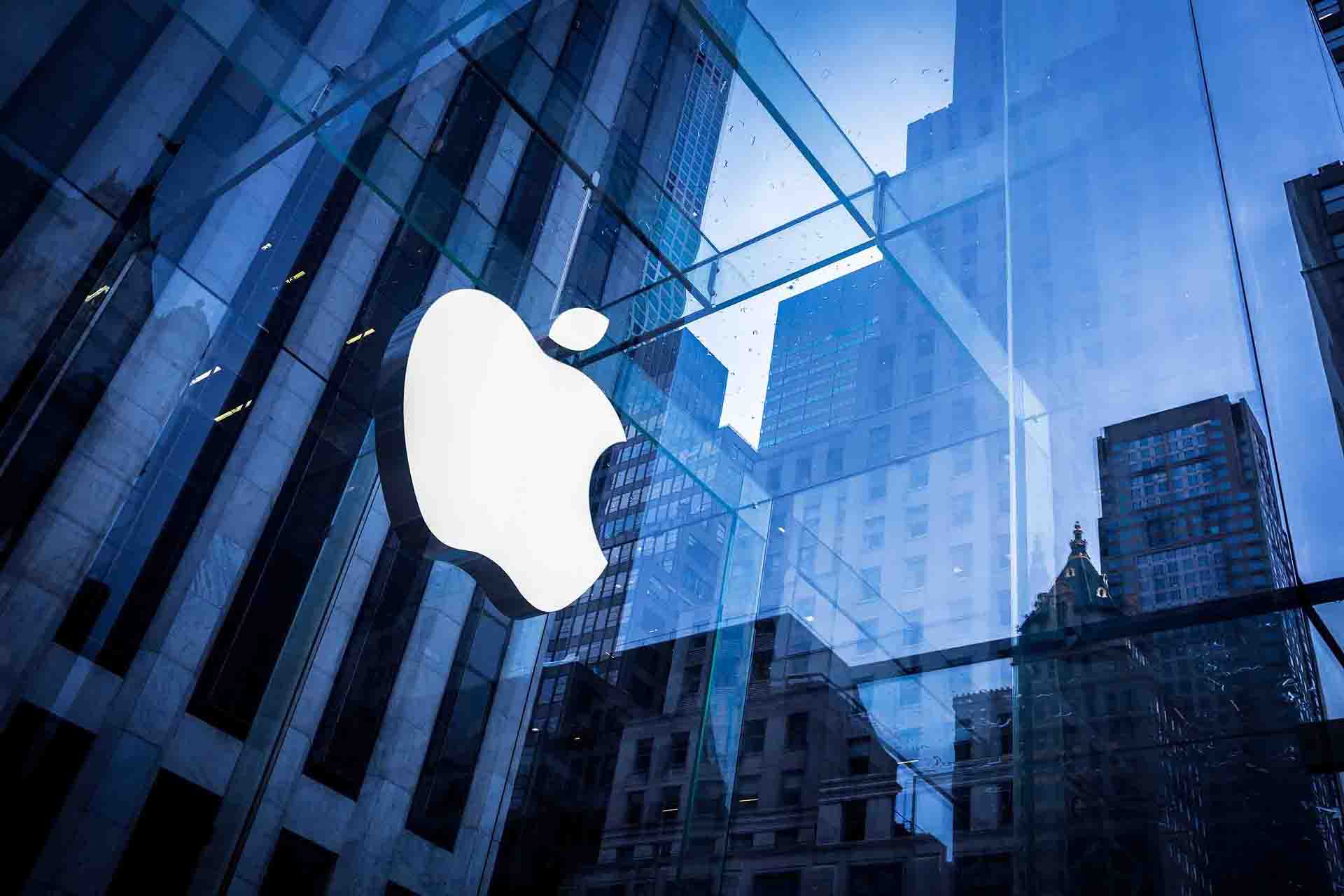
When the then CEO of Apple, Gil Amelio, promised that the company would introduce its new strategy in the field of operating systems in January 1997, it was clear to many people at Apple that the company was primarily trying to buy as much extra time as possible with this move, but the chances of real success and presentations of a functional and effective solution were rather scarce. One option that Apple could have used was to buy the BeOS operating system, developed by former Apple employee Jean-Louis Gassé.
It could be interest you
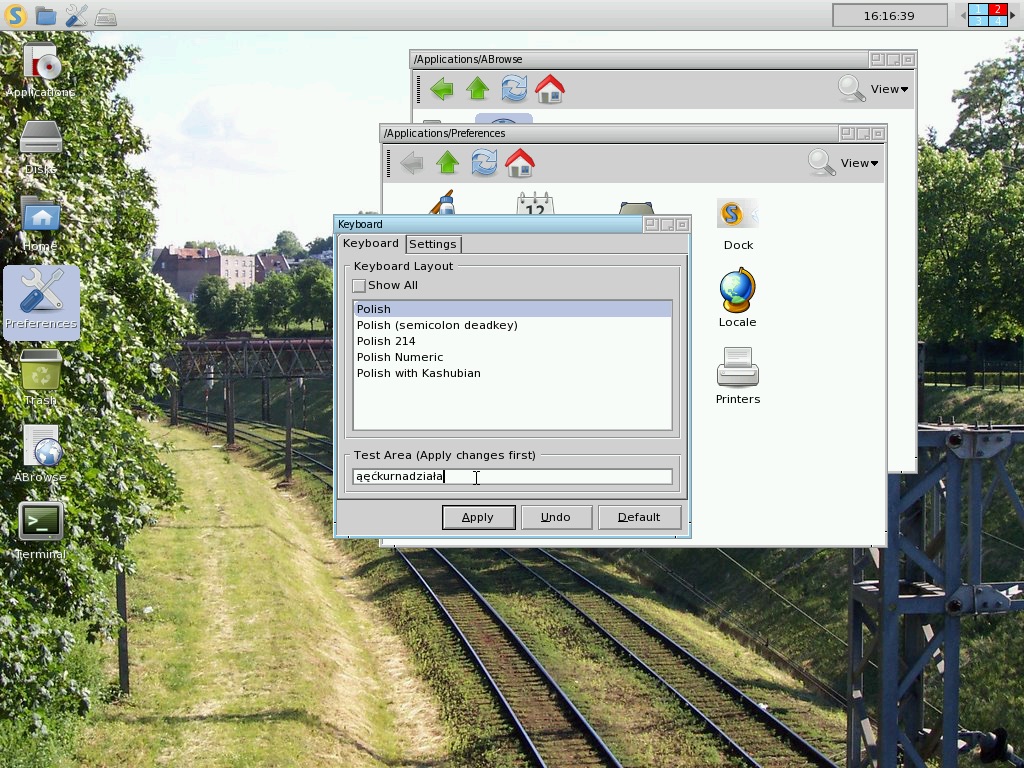
The second option was Jobs' company NeXT, which at the time boasted high-quality (albeit expensive) software. Despite the advanced technologies, even NeXT did not have it too easy in the second half of the nineties, and at that time it was already fully focused on software development. One of the products that NeXT offered was the open-source NeXTSTEP operating system.
When Gil Amelio had the opportunity to speak with Jobs in November 1996, he learned from him, among other things, that BeOS would not be the right nut for Apple. After that, there was little left for the proposal to implement a modified version of NeXT's software for Macs. At the beginning of December of the same year, Jobs visited Apple's headquarters for the first time as a visitor, and the following year, NeXT was bought by Apple, and Jobs joined the company again. Not long after the acquisition of NeXTU, the development of the operating system with the temporary internal name Rhapsody was started, which was built precisely on the basis of the NextSTEP system, from which the first official version of the Mac OS X operating system called Cheetah appeared a little later.
 Flying around the world with Apple
Flying around the world with Apple 